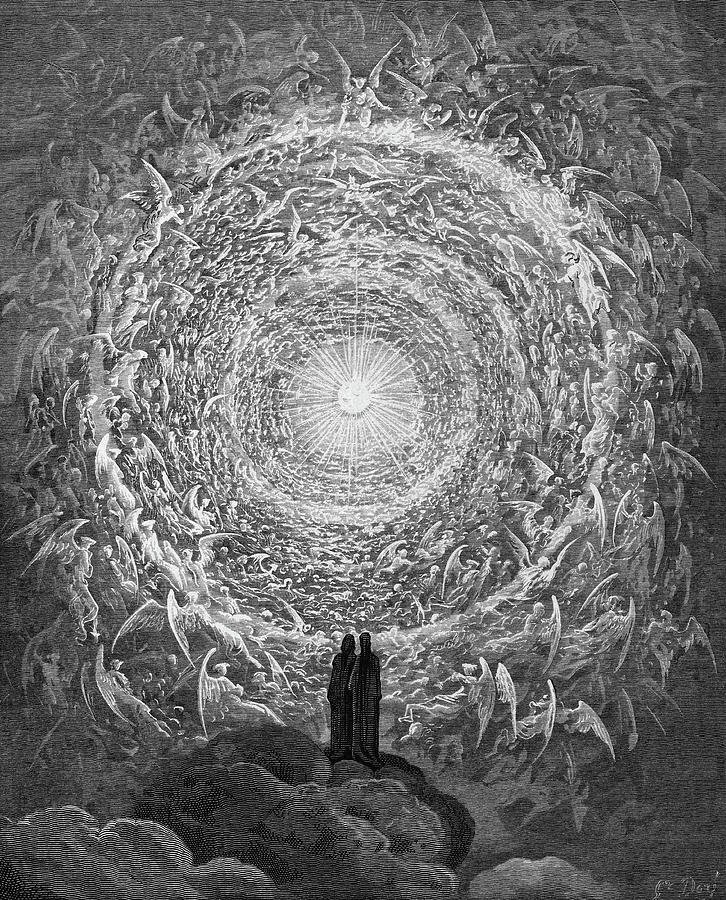

In the Ninth Circle of Hell, at the very center of the Earth, Dante and Virgil encounter the gigantic figure of Satan. He gathered in the air, while I turned pale. He worked it like an eel, and with his paws He swung about, and stretching out his tail Then he called out: “Now, Geryon, we are ready:īear well in mind that his is living weightĪnd make your circles wide and your flight steady.”Īs a small ship slides from a beaching or its pier,īackward, backward - so that monster slippedīack from the rim. He climbs onto the monster’s back and instructs Dante to do the same. Virgil arranges for Geryon to fly them down to Circle Eight.

He rose above the flame, great chest, great brow Īs Dante and Virgil prepare to leave Circle Seven, they are met by the fearsome figure of Geryon, Monster of Fraud. In the translation by John Ciardi, Dante writes: Dante and his guide, Virgil, are passing through the Sixth Circle of Hell, in a place reserved for the souls of heretics, when they look down and see the imposing figure of Farinata degli Uberti, a Tuscan nobleman who had agreed with Epicurus that the soul dies with the body, rising up from an open grave. The scene above is from Canto X of the Inferno. As one critic wrote in 1861 upon publication of the illustrated Inferno : “we are inclined to believe that the conception and the interpretation come from the same source, that Dante and Gustave Doré are communicating by occult and solemn conversations the secret of this Hell plowed by their souls, traveled, explored by them in every sense.” At The World of Dante, art historian Aida Audeh writes:Ĭharacterized by an eclectic mix of Michelangelesque nudes, northern traditions of sublime landscape, and elements of popular culture, Doré’s Dante illustrations were considered among his crowning achievements - a perfect match of the artist’s skill and the poet’s vivid visual imagination. Although he went on to illustrate a great many other literary works, from the Bible to Edgar Allan Poe’s “The Raven,” Doré is perhaps best remembered for his depictions of Dante. Since then, Doré’s Divine Comedy has appeared in hundreds of editions.


Hachette published Purgatorio and Paradiso as a single volume in 1868.


 0 kommentar(er)
0 kommentar(er)
